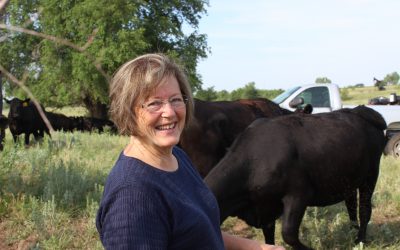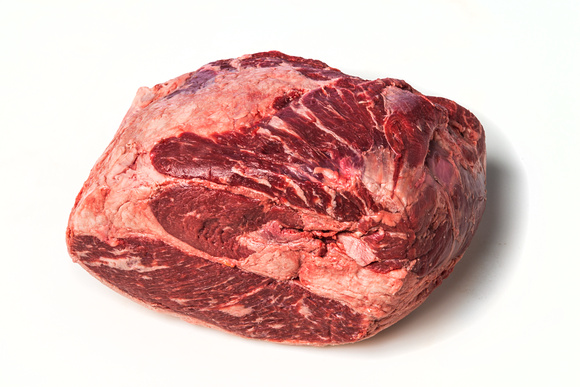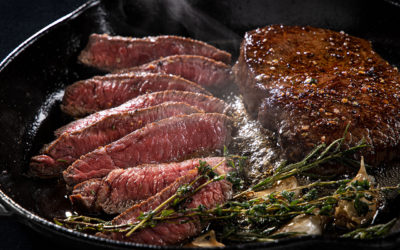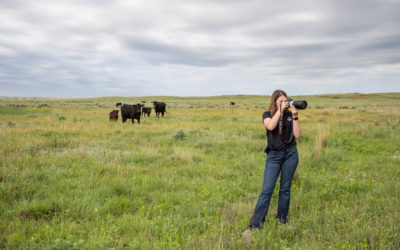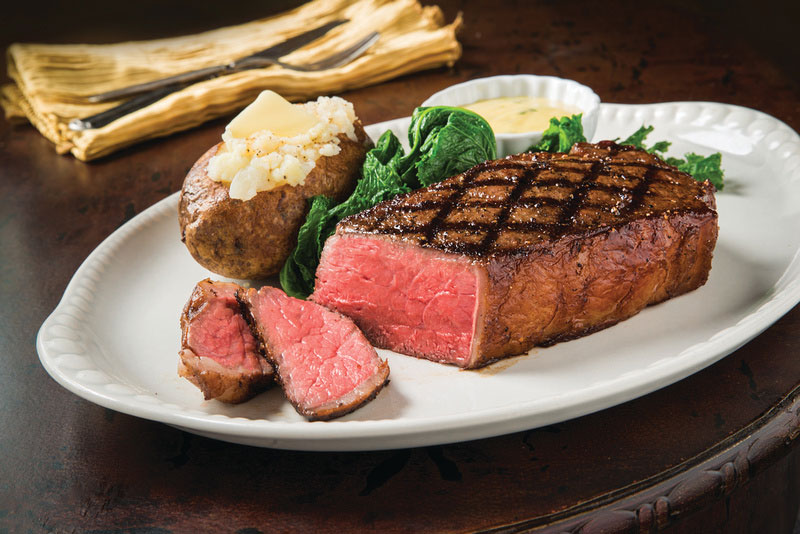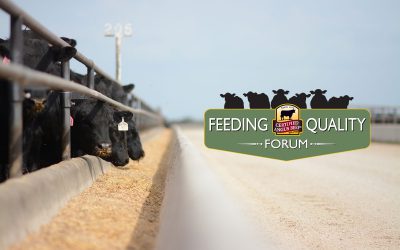
Singin’ for CAB
July 2011
The CAB Cook-Off Contest – youth sing, perform, and cook—all in the name of the Certified Angus Beef® brand.
Every summer I look forward to the National Jr. Angus Show as an opportunity to exhibit my cattle, meet new friends, and learn about the industry. This year my family traveled to Harrisburg, Penn. with our Angus heifers. In addition to the cattle show, the week is full of educational contests designed to empower youth by developing leadership and communication skills.
As a junior member, the CAB Cook-Off Contest is one of my favorites because of its emphasis on creativity. Gunsmoke, 101 Dalmatians, and Popeye have all been themes used by my team throughout the years to promote CAB. I credit this contest for cultivating my knowledge of CAB and developing an ability to share these facts with others.
The CAB Cook-Off Contest allows young Angus producers the opportunity to learn about and promote our end product in an educational, creative,and fun way.
Don’t be fooled by the title; this contest is more than grilling the perfect steak. Contestants participate in teams and must prepare a unique recipe using a CAB product, perform a skit promoting CAB, and then serve their dish to the judges. During the taste test, judges can ask questions about dish preparation and CAB facts.
It is difficult to communicate the CAB brand’s specifications and to explain the advantage of these qualifications. Addressing this issue of communication, the cook-off serves the dual purpose of empowering youth to promote CAB while educating audience members on the brand’s advantages and availability. Cook-off contestants rise to the challenge while weaving in humor and creativity.
Meghan Blythe was raised Angus. She grew up on an Angus cattle ranch and has been involved with her family’s cow/calf operation ever since. Meghan is currently a junior at Kansas State University majoring in agriculture economics. While going to school in Manhattan, she works part time as CAB’s data management assistant.
You may also like
Dreamers and doers
If you could have one wish, any wish, what would it be? More resources, greater assets, the best genetics or something else?
Smiles, success
You could say Cudlobe Angus began on a whim. The journey from three Angus cows purchased at a sale barn to a more than 600 head seedstock operation that hosts two sales a year took decades of learning and investment risk.
Bigwigs in barbecue
The Culinary Center recently hosted the annual Brand Ambassador Summit, welcoming chefs from all over the country, including a handful of barbecue specialists.

